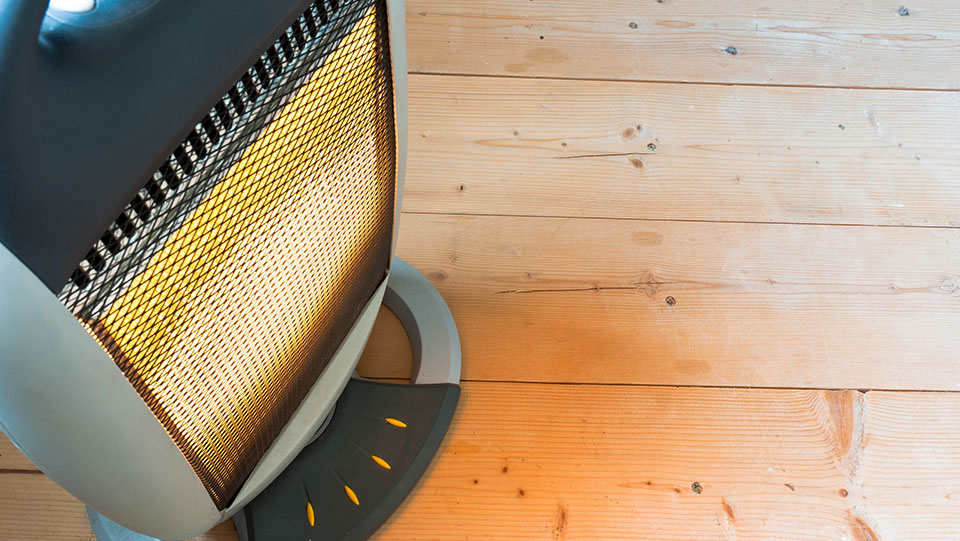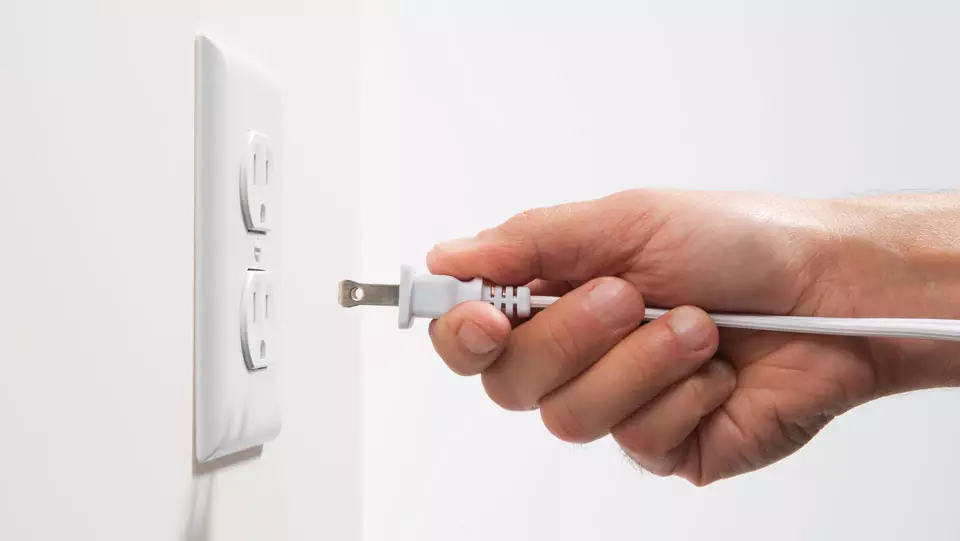Christmas Tree Fire Safety Tips

Why You Should Water Your Christmas Tree
While it’s a centerpiece of the holiday season for many people, your Christmas tree can also be a fire hazard. If a live Christmas tree catches fire, it often takes just minutes before flames, poisonous smoke and deadly heat fill the entire room. Seconds later, the fire can travel up a staircase into adjacent rooms and make escape virtually impossible for anyone on the second floor of your home.
According to Jim Shanley, a Travelers Risk Control Laboratory fire safety and forensic engineer, there’s a scientific explanation for why these types of fires can be so dangerous. The amount of heat energy a tree can release quickly, the confinement of that energy and the smoke within the house’s rooms can rapidly produce deadly conditions.
How to help prevent Christmas tree fires
“Live Christmas trees can be powerful fuel sources, especially when dry,” Shanley said. “At its peak, a burning 6-foot tree can give off the same heat as 40,000 100-watt lightbulbs – as much as a burning full-sized automobile. This is enough to create flashover conditions within a typical living room. Flashover is when all other objects in a room are ignited by the fire and it rapidly spreads to other rooms.”
To help prevent these life-threatening situations, here are some tips and precautions to follow when choosing and decorating your Christmas tree:
- Give live Christmas trees a fresh cut. Shanley recommends always choosing a freshly cut Christmas tree or cutting an inch off the bottom so it will absorb water and stay fresher longer. “Sap flows out of trees, so without a fresh cut at the bottom, water uptake will not be as good, which can result in a dry tree,” Shanley explained.
- Water your Christmas tree daily. Constant watering can make your tree more resistant to ignition and fast-spreading fires. But the moment the tree appears to drop its needles, that’s a sign it’s drying out and should be shown the door.
- Use approved Christmas tree lights and connect them properly. Choose lights tested by a nationally recognized testing laboratory, such as Underwriters Laboratories (UL). Avoid connecting multiple extension cords and more than three strands of lights. Additionally, be sure to inspect extension cords for damage before using.
- Inspect lights and other powered decorations. Before decorating your tree, lay out strings of lights and look for any broken or missing bulbs. Also, inspect the light strings and other powered decorations for damaged (cracked/brittle) or missing plastic insulation, exposed wires, any discoloration or other problems. If any of these defects are found, don’t use the items and throw them away.
- Choose your Christmas tree’s location carefully. Place the tree away from stairs, where fire can quickly travel to bedrooms. Never place it near heat sources, such as a wood stove, space heater or fireplace. Keep in mind that placing a tree close to radiators and heat vents can more quickly dry it out.
- Keep candles away from the tree. About one in 16 Christmas tree fires reported by the National Fire Protection Association were caused by a candle.1
- Keep pets away. Pets can chew, paw and otherwise damage the lights on your tree (or even knock the tree over). For this reason, if you have pets, periodically checking your tree is a good idea. And always check to see whether a pet has damaged any lights or if the lights go out or start going on and off on their own.
- Don’t leave your Christmas tree plugged in. Never leave the tree plugged in when you’re away from home or asleep.
- Close bedroom doors. Closing bedroom doors at night can help to keep out harmful smoke and flames in the event of a Christmas tree fire, giving you more time to exit the home.
- Test smoke alarms. Properly working smoke detectors installed at every level of the home and near sleeping areas can alert the household to a fire. These alerts help save lives by alerting occupants soon enough to give them a chance to escape.
How does homeowners insurance work with a fire?
Taking preventive measures during the holidays and creating a fire evacuation plan can help you enjoy your Christmas tree and help keep your family safe.
If a house fire does occur, the first priority is to get everyone out of harm’s way. When the time comes to assess the damage, make repairs, find temporary living arrangements and/or replace belongings and valuables, homeowners insurance can help cover the costs.
That’s why it’s important to ensure that your homeowners insurance coverage is appropriate for your home and lifestyle needs. To explore your options, contact an agent, get a quote or speak with a Travelers representative.
Source:
1 http://www.nfpa.org/news-and-research/fire-statistics-and-reports/fire-statistics/fire-causes/holiday/christmas-tree-and-holiday-lights
Note: The video on this page originally appeared on the NIST.gov website.



